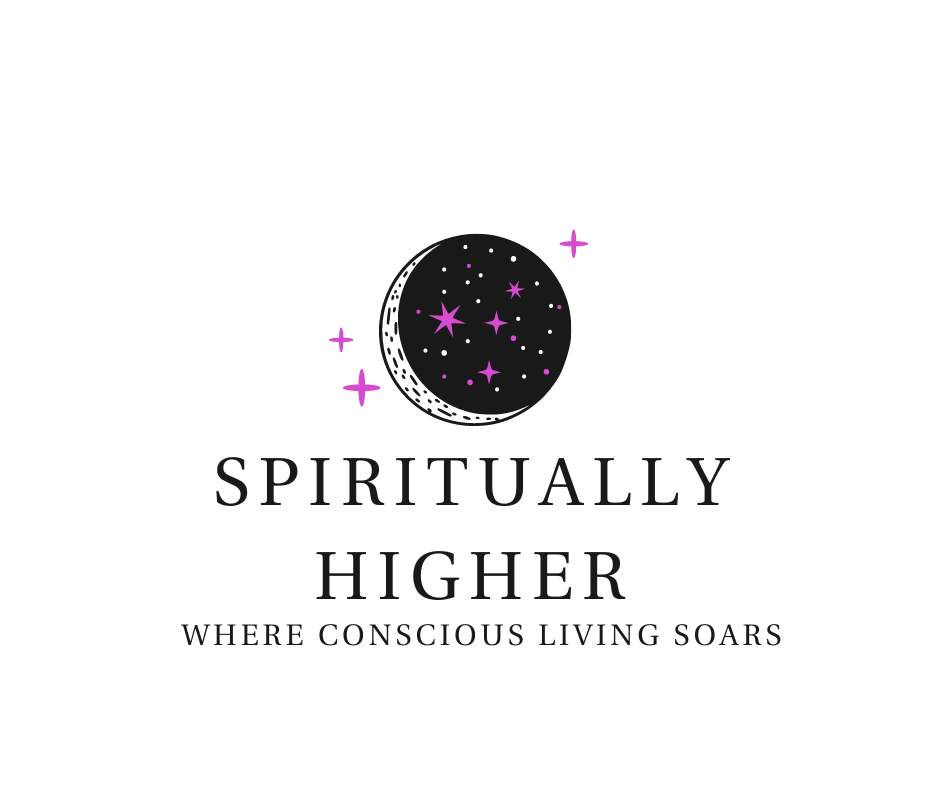Light That Heals: Why I Use Red Light Weekly
Light That Heals: Why I Use Red Light Weekly
Red light therapy has been part of my weekly routine for over two years now. I first came across it while doing research into skincare and cellular healing. I was not influenced by social media or videos, I read studies, looked at the mechanisms behind how it works, and compared different machines. That is how I approach most things in health and wellness. I do not rely on trends or influencer opinions. I want to understand something for myself first.
Eventually, I decided to purchase two devices: one handheld and one full-body panel. Both were over $130, but I considered that a fair investment for what I was hoping to get out of them. If you are thinking about trying red light therapy, I highly recommend doing your own research. Learn about the wavelengths, read real studies, and check reviews on the machines before buying. This blog post is a good place to start, but do not stop here.
How I Use It
I mainly started using red light therapy for skincare, anti-aging, acne, and to support overall skin health. I have kept it consistent, using it about twice a week, usually once at the beginning of the week and again before the weekend. Within the first few months, I noticed my skin felt calmer and more balanced. It looked clearer and more even, and breakouts started happening less often.
Now, going into my third year of using it, my skin looks about the same as it did when I started, or even better. I have not had to chase after results because red light has helped me maintain what I already had. That is one of the biggest reasons I keep using it.
I also use it for full-body recovery. After working out, sitting in front of the red light panel helps reduce soreness and speeds up how fast I bounce back. I have even used it before workouts and noticed a difference in energy and performance. It helps my body feel cleaner, like it is processing waste better, healing faster, and staying in balance. Combined with exercise, hydration, sleep, and healthy eating, it just fits into everything else I do to take care of my body.
What the Research Says
There is a lot more data on red light therapy now than there was a few years ago. What people were calling “woo” or hype has become a well-studied therapy, and many of us who have used it for years already knew it worked before the newer research confirmed it.
One review explains how red light therapy works on a cellular level, supporting mitochondrial function, increasing ATP production (our cells’ main energy source), and reducing inflammation (Lim & Choi, Photobiomodulation in Health & Wellness, 2025).
Another study found that red light significantly improved wound healing, especially in people with chronic conditions like diabetes (Miranda et al., 2025).
Researchers have also shown that it helps reduce harmful oral bacteria while supporting healthy tissue recovery (Maj et al., Nature Sci Rep, 2025). These are real, measurable effects.
For those of us using red light for beauty and skin, there is also plenty of science showing it helps with collagen production, reduces signs of aging, and can even support hair regrowth (Rowell, 2025). These benefits line up with what I have seen over time in my own skin.
A Grounded Practice That Works
For me, red light therapy is a tool. It does not replace healthy habits, but it supports them. It is not going to do the work for you, but it helps your body do what it is naturally meant to do: heal, restore, and regenerate.
I like that it is quiet. There is no noise, no stimulation. Just light, warmth, and presence. Even the act of sitting in front of the panel becomes a kind of stillness, and that stillness is healing in its own way.
If you are someone who is already on a path toward better health and skincare, red light therapy is something I believe is worth looking into. Not because I say so, but because you have done your own research, connected the dots, and decided it makes sense for your body and your life.
This blog post can be your starting point, but it should never be your final answer. Explore, learn, and build your own relationship with healing. That is the only way to really know if something works for you.
xo Jessica
Subscribe To The Newsletter
The chillest newsletter on the internet.

Leave A Comment